The attempt was only possible thanks to some pre-gaming with pure oxygen, but still eye-popping.


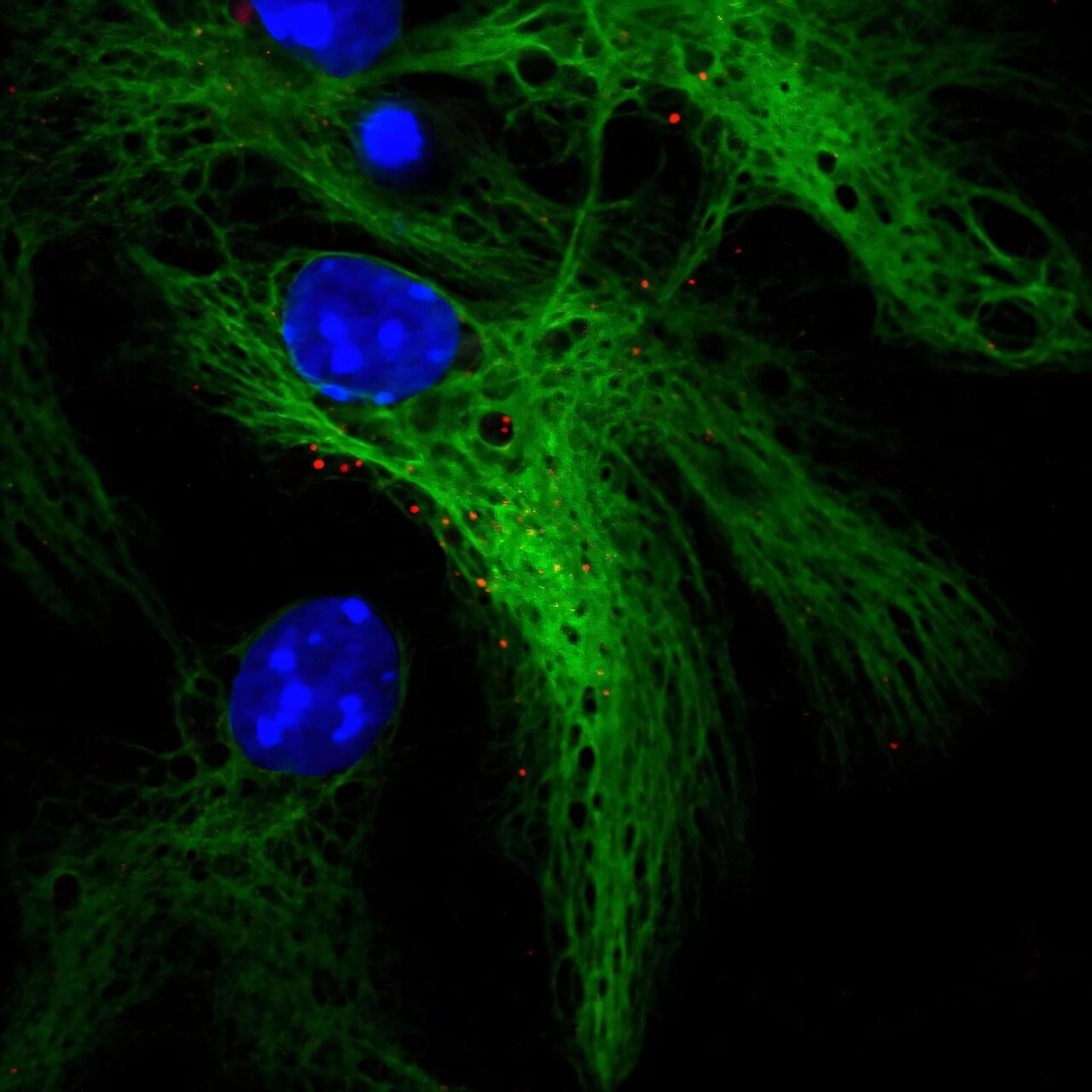
For much of the 20th century it was thought that the adult brain was incapable of regeneration. This view has since shifted dramatically and neurogenesis—the birth of new neurons—is now a widely accepted phenomenon in the adult brain, offering promising avenues for treating many neurological conditions.
One of the main challenges in the field has been identifying neural stem and progenitor cells (NPCs) responsible for generating these new neurons. NPCs are rare, diverse and difficult to isolate from other brain cells due to overlapping molecular signatures. As a result, understanding their biology—and particularly their role in human brain disorders—has remained elusive.
In a study published in Stem Cell Reports, a team led by researchers at Baylor College of Medicine and the Jan and Dan Duncan Neurological Research Institute (Duncan NRI) at Texas Children’s Hospital reveals specific genes that define NPCs.
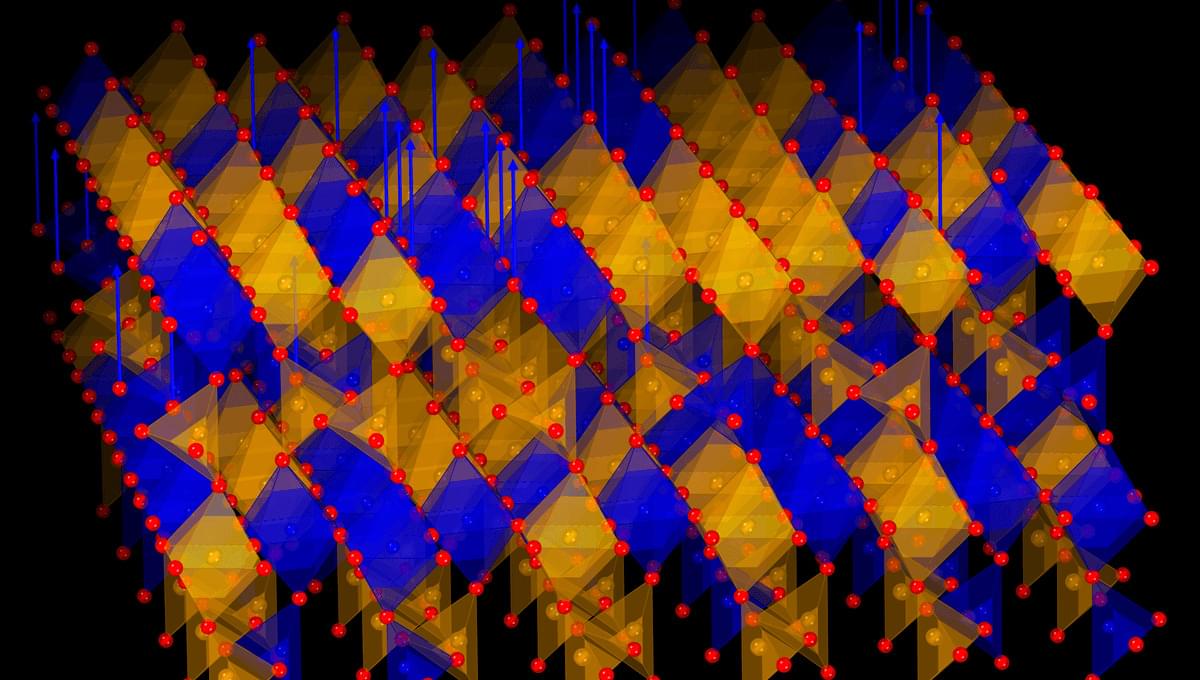

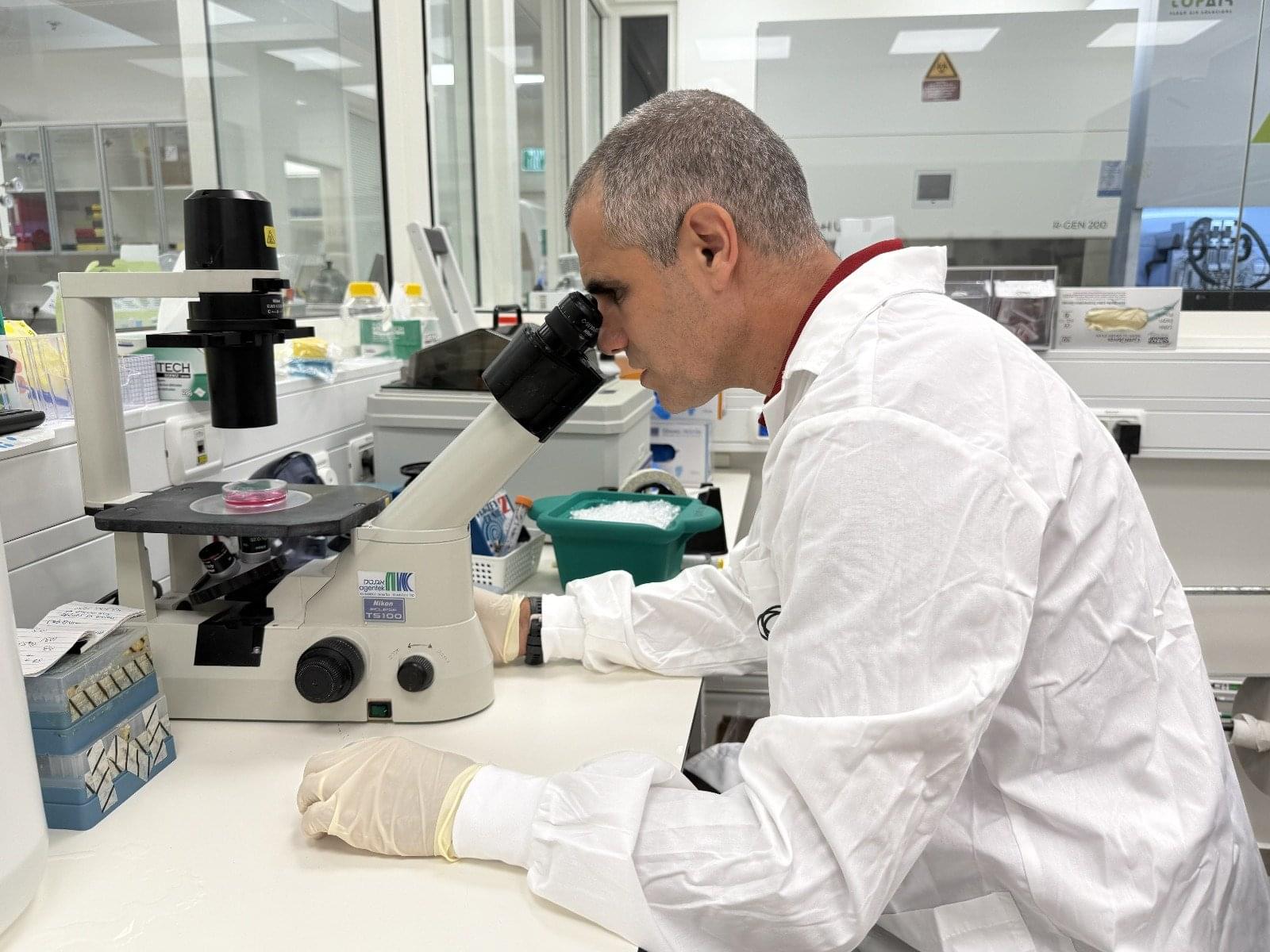
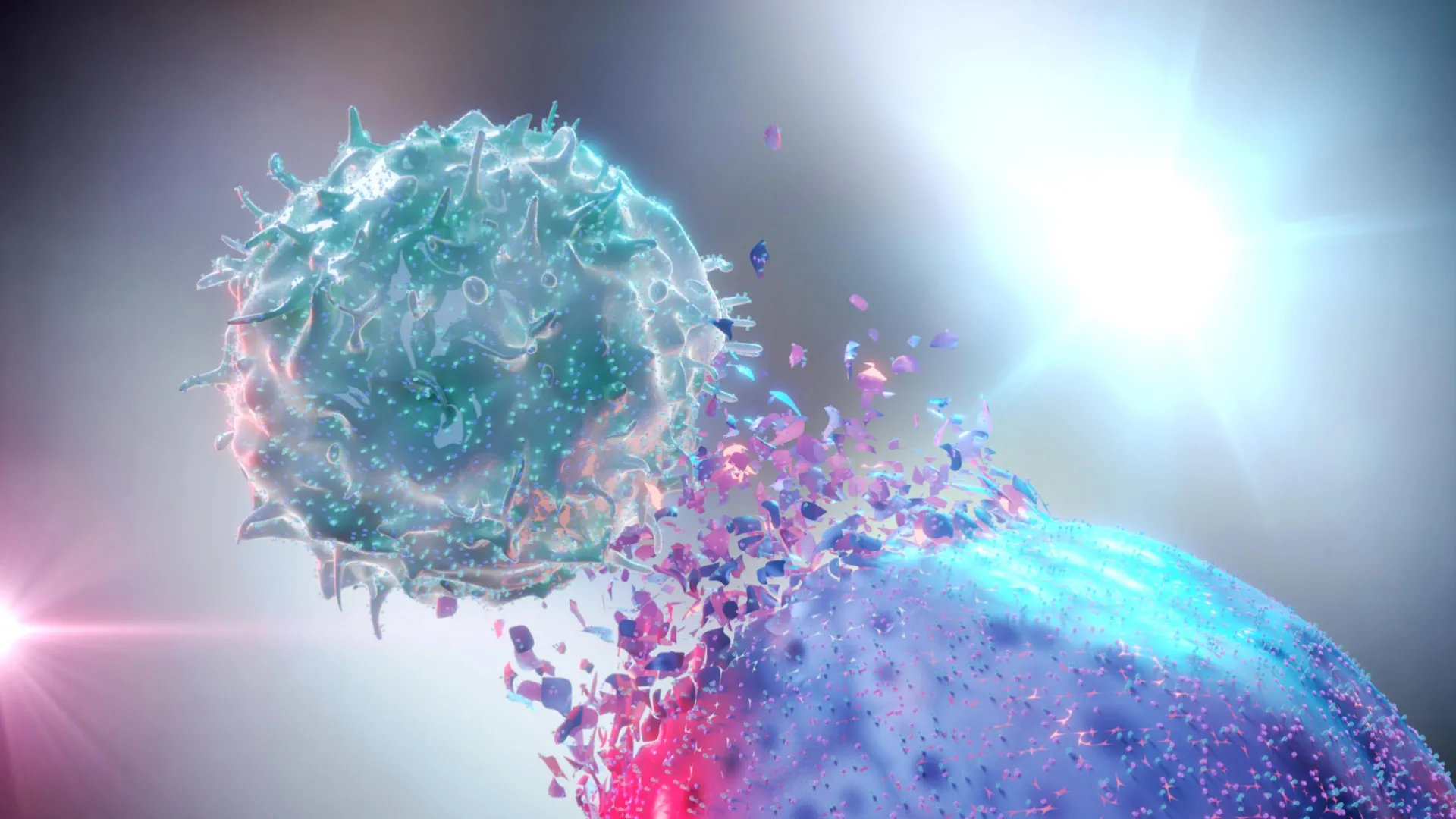
Scientists have uncovered a hidden weakness in one of the deadliest childhood cancers. The tumors, which spread quickly and are notoriously hard to treat, rely on a sugar-processing pathway to survive and grow. By blocking this pathway, researchers were able to slow down the cancer and make it more vulnerable to treatment. This breakthrough opens the door to new therapies for children and young adults facing a disease with very few options today.
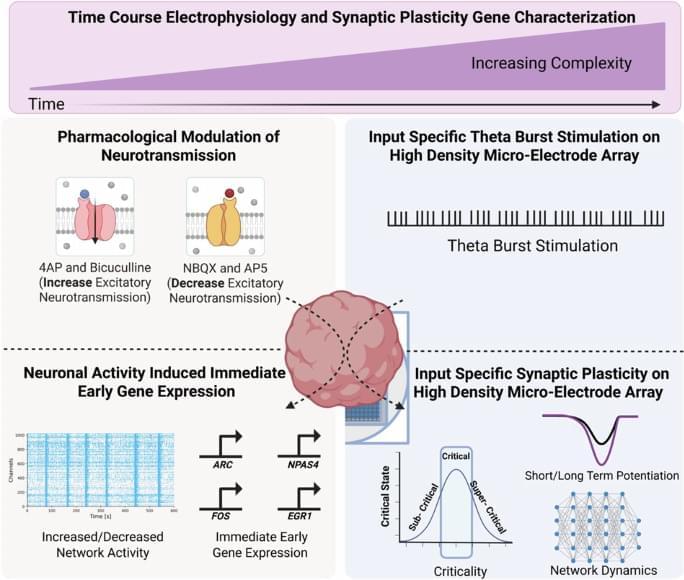

Ark Invest forecasts that Tesla’s robotaxi business could reach $10 trillion by 2029, driven by its manufacturing efficiency, data advantage, and strategic positioning in major urban markets ## ## Questions to inspire discussion.
Tesla’s Robotaxi Dominance.
🚗 Q: How significant could Tesla’s robotaxi business become? A: Tesla’s robotaxi business could represent around 90% of its enterprise value by 2029, capturing a substantial share of Ark’s projected $10 trillion global robotaxi market.
🏙️ Q: What’s the potential impact of robotaxis on urban transportation? A: Research suggests 200,000 robotaxis, supplemented by privately owned vehicles in an Airbnb-like model, could meet all of urban Austin’s vehicle miles traveled (VMT) demand, with peak demand requiring 350,000 vehicles.
Manufacturing and Cost Advantages.
🏭 Q: How does Tesla’s manufacturing capability compare to urban demand? A: Tesla’s Austin factory alone could produce more vehicles than urban Austin’s entire ride-hail fleet in approximately 9 days, showcasing its vertically integrated manufacturing advantage.
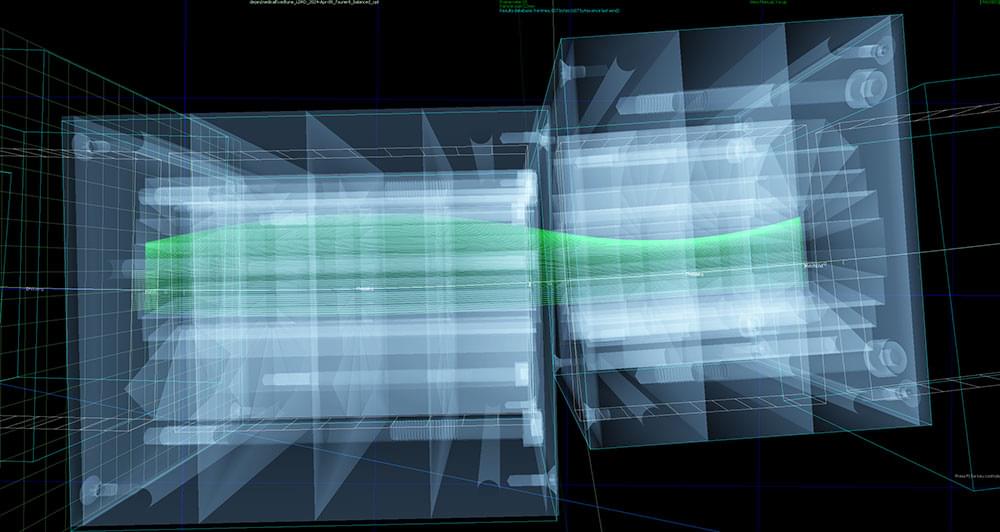
The slot-shaped aperture in the curved chain of magnets accommodates beams at different energies — a feature that would allow rapid switching among energies for more effective cancer treatment. This image shows a beam of light shining through the array with Mechanical Support Group staff in the background. (Kevin Coughlin/Brookhaven National Laboratory)
When the magnets arrived at Brookhaven, Katie Chen, a mechanical engineer, produced an architectural model of the assembly that Rob Karl, Adrian Timon, Travis Herbst, and Edward Dabrowski from the Mechanical Support Group used to properly align the magnets and bolt them to a supporting steel plate. To test that the magnets would accommodate the planned beam trajectories, the team transported the assembled array to the NASA Space Radiation Laboratory (NSRL), a facility that draws particles from the collider-accelerator complex supplying beams to Brookhaven Lab’s nuclear physics research facilities.
“This team tirelessly dedicated their time and expertise to completing the assembly and worked with exceptional dedication throughout Father’s Day weekend to help with these tests,” Mahler said.